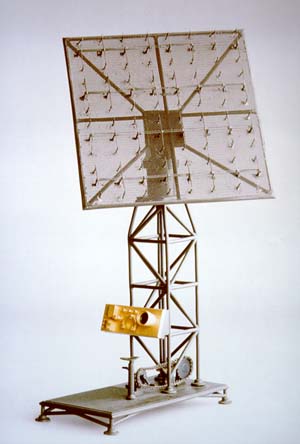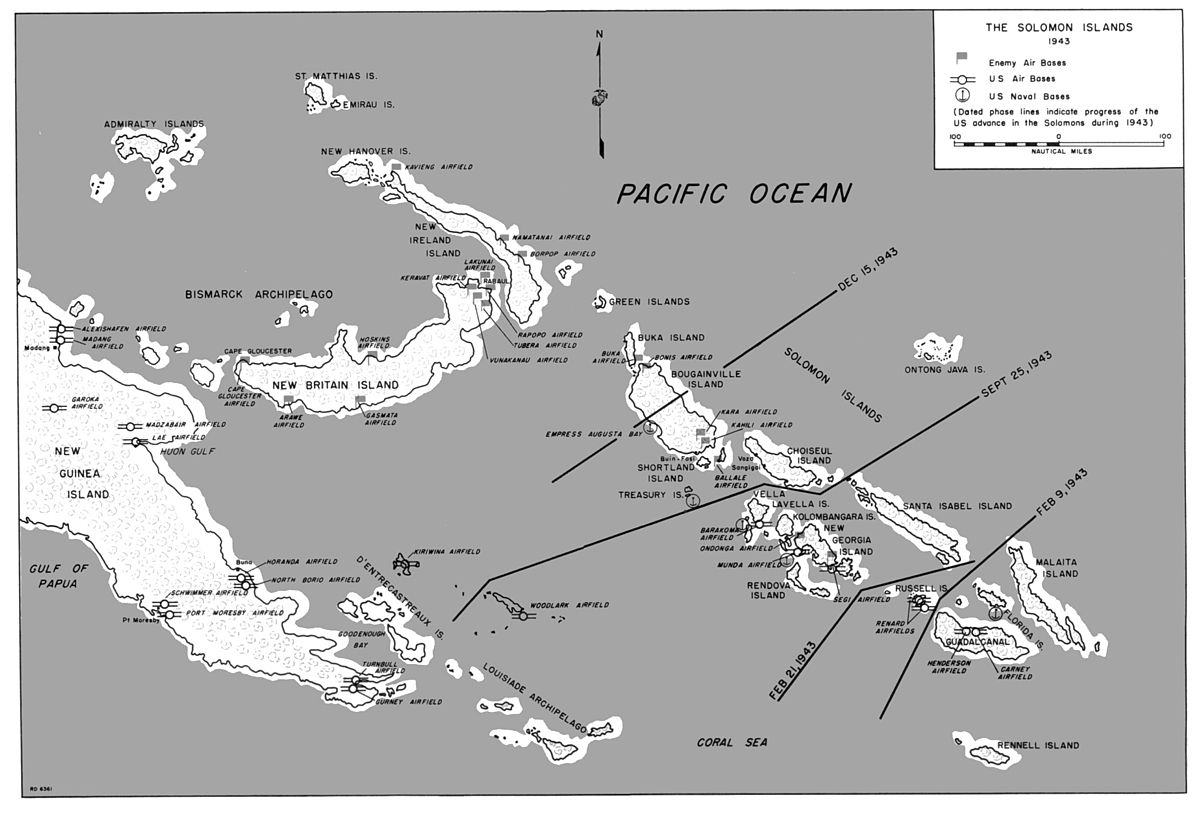Except that the Dutch did not trust the British.
Not without any formal agreement or statement. Alt-ABD(A) would be sufficient for the NEI government probably.
Where is this reinforcement to come? Europe first was kind of a given due to political factors and the Mackinder logic in play.
Nowhere indeed.
We have discussed the cruisers versus subs conundrum before. The conclusion we both agreed was that while submarines was the correct platform for the battlespace and available basing and resources, the politics in the Netherlands was not going to allow it. The alternative, more allied submarines, was a non-starter because the British were not trusted, and the Americans were incompetent.
With a PoD sufficiently far in the past there is a possibility though. The
Vlootwet (Fleetlaw) of 1923 would have called for a enlarged fleet centered on submarines. According to Van Anten this building project would have entrenched the submarine as main weapon of the RNN. A further advantage would be gained in the fact that the cruiser wouldn't be needed in the most important war of the Interbellum: the interservice war.
The Vlootwet faced a lot of resistance and was in the end defeated by 1 vote, with one MP abstaining because of illness.
Anyway you can just get the Dutch in general to spend more on DEI defenses in the late 30's? Obviously doesn't do much good in preventing the Homeland itself from getting conquered but would help in East Asia. Or get the US to somehow agree to provide more funding and arms (If they're not going to outright gurantee or provide troops) for DEI defense in the year or so before the war starts.
Making or imagining changes like that is sort of the purpose of a wank thread like this. It's like the Langley. Would the U.S. have likely overhauled her? No, but they could have had they been willing, and it would have been useful if they had, hence why I brought it up in the first place.
If we play by those rules there are some possibilities, aside from the above mentioned
Vlootwet.
The big problem for Dutch military expansion in the Interbellum is two-fold: pacifism and lack of money. These are in a way linked as the latter was sometimes the causes by the former.
Pacifism:
An important factor in the succes of Dutch neutrality during WWI was it defensive capabilities. The Dutch Army was reasonably modern and the Waterline was a very effective way of protecting the most important parts of the country. Germany or the Allies could have made a move into the Netherlands but it was pretty clear that the country couldn't be conquered without investing considerable resources. The right lesson learned would have been that neutrality is a great way to preserve ones country but it needs to be guarenteed by a potent military. However, the lesson that was learned was that war is a extremely terrible thing caused by the existence of militaries and de-armament was not only just but also logical. The peace movement was very popular and the Netherlands would enter WWII with merely a shadow of the military it had (relatively speaking) in 1914. I have thought long and hard about ways that this could have been different but still have no definite answers. The only thing I can think of is having the WWI army actually be used at the very end of the Great War. The German Army was allowed to retreat through Limburg in 1918. What if it wasn't given permission, they go for it anyway and are stopped by the Dutch Army? Disposition of Dutch forces and a couple of other things make this pretty unlikely IMO though.
Lack of money:
The Dutch military (at home and in the Indies) was chronically short on resources. Part of the problem was the above mentioned pacifism (with money being diverted too other departments) but mostly it was because the Netherlands was hit extremely hard by the Great Depression. This is logical as the Netherlands was, and is, an open economy that relies on trade, and the DEI was especially reliant on other countries buying it's raw materials (while it was responsible for half the investments in the RNN). However, what made the whole thing worse was Hendrik Colijn (prime minister during most of the 30's) and his insistence on keeping the gold standard. This lead to extreme austerity and severe budget cuts in the military - which in turn caused some pretty heavy interservice (and even intraservice) rivalry. My solution for this would be Troelstra and his Social Democrats not trying to force a revolution in 1918. Without Troelstra's Folly Labour would be able to have political influence during the Interbellum. Now, the SDAP might have been on the pacifist side of the spectrum but they might be able to get the golden standard abolished earlier
and could perhaps be interested in a defence program as jobs creation. Hell, there might even be
some (though not too significant) colonial reforms!
Can you blame Hart? He had the dregs of the USN in his Asiatic squadron, had watched MacArthur turn in a performance hardly better than Percival in the Malay Settlements, had seen the predictable Force Z disaster happen, watched the RN in Eastern Command turn yellow and run, watched his own navy's weaponry and planning fail to function, seen the American air farce blasted into to ruin by imbecility and was told he could not do what the situation militarily demanded, which was to fall back and save what he could for "necessary political reasons". Stand and fight only makes sense if the prospect of the delay engendered can disrupt the enemy timetable enough for a counterstroke elsewhere. The ABDA command had failed to fulfill that function to any marked degree. So defeatism was a mindset? Not defeatism, but more a case of embittered frustrated rage.
He wasn't a defeatist I would argue so much as he was a realist. He knew ABDA was in a seriously bad way, that none of the nations involved had prepared for this, and that it likely would not be possible to hold Singapore. Keep in mind that when he arrived in Java, he had just been forced to abandon Asiatic Fleet HQ in Manila, and so he likely didn't have much confidence in the ability of ABDACOM forces to hold a place like Singapore without serious preparations for which they no longer had the time. To suggest moving headquarters to a place separated from the enemy by the ocean may not be terribly inspiring, but in this case I can see his logic.
His age and health was the official excuse. He was competent, but brusque, and he did not suffer bullshit. His reception on his return home I feel bears this out. Roosevelt didn't have any qualms about making his displeasure felt, and Hart was given a medal and a formal welcome back.
I never said that Hart was
wrong in his feelings that ABDA was a train-wreck in not-so-slow-motion but the job of ABDA was to defend the Malay Barrier and that was a job that Hart
clearly thought was doomed to fail. It is one thing to inform ones superior officers that the taken course is wrong, hell I'd consider that onces duty. But towards ones subordinates at least a bit of fighting spirit is of vital essence. Hart lacked that. Again, given the circumstances and his health that is not something to doom a man over. But it does make him far from the ideal person for the job.
Unfortunate, but not a shock. Even so it looks like it's quite capable as it is, what with such a heavy payload, a cannon and two MG mounts.
Honestly the Dutch having more to send even like they are would be a solid boost.
The Do-24 was a fantastic aircraft and one that was made, under license, in the Netherlands. If the Dutch military industry was put on war-footing in '39 many more could have been build before the German invasion.
My opinion is that Fokker Aircraft was about a half decade ahead of most European competitors in concepts as to planform and military plane to mission requirements, but lack of suitable engines and weird politics let this aircraft company down. Now if they had been able to team up with Jack Northrop and market some of their designs through Northrop's own weird company to the Americans? 1937-1942 might have been "interesting".
There was a period when Fokker dominated the American market until a famous plane crash wiped them out. Maybe that crash doesn't happen (or happens differently) and Fokker teams up with Northrop?
Given all the Islands how about Dutch Sea plane tenders and MTBs to lurk in the inlets and dart out and raid the Japanese.
The RNN did have a number of MTB's stationed in Soerabaja but they suffered from old torpedoes and secondhand airplane engines. They sortied during the Battle of Java Sea but didn't make contact with the Japanese invasion force. Personally I think they were always going to be of limited use but they could at the very least be stationed at chokepoints such as the Paternoster Islands in Strait Makassar. Sea plane tenders were not used because there was a pretty well established network of sea plane bases in the archipelago. Of course the airbases on land mostly served as bases for the
Japanese so maybe they could have been scrapped?



